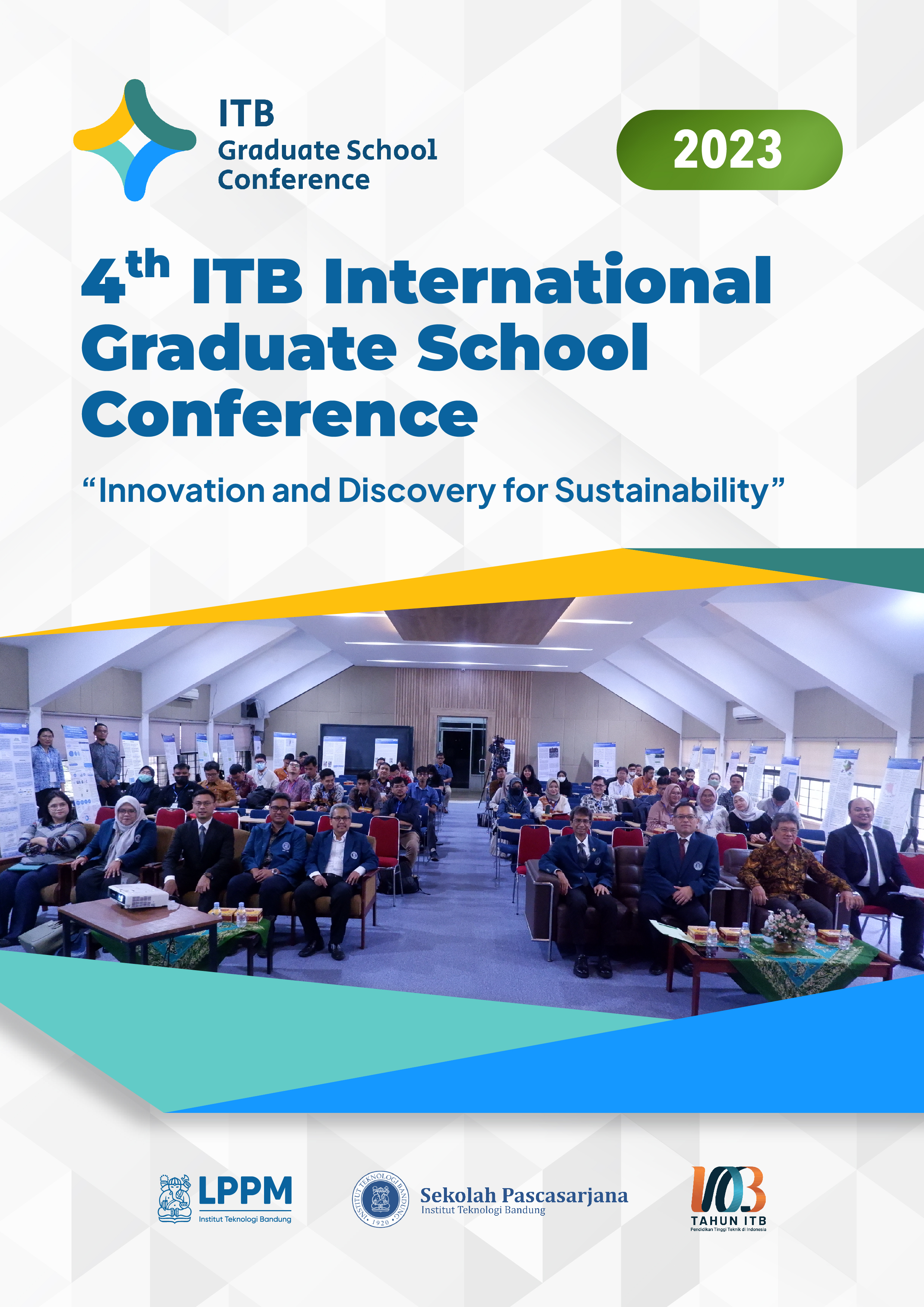Preparation and Characterization of Palladium-based/α-Alumina Membrane by Electroless Plating
Keywords:
crystallite, electroless plating, face-centered cubic, morphology, Pd/α-Al2O3 membrane, roughness, thicknessAbstract
Palladium (Pd) membranes have been prepared by the electroless plating (ELP) method using hydrazine monohydrate (N2H4·H2O) as a reducing agent onto tubular porous alumina (α-Al2O3) supports. In this work, four Pd/α-Al2O3 membranes (M1‒M4) were fabricated under different plating repetitions. Electroless plating was carried out at 50 ℃ for 90 minutes each time. This study aims to investigate the morphology of membranes of different thicknesses. The membrane turned into characterized by using Scanning Electron Microscopy (SEM), Atomic Force Microscope (AFM), and X-ray diffraction (XRD). Scanning electron microscopy images display that the synthesized thicknesses are from 10.25 to 22.53 µm. Atomic Force Microscopy (AFM) reveals a relation between the roughness and the thickness, and the roughness increases as the thickness increases. X-ray diffraction studies imply that the synthesized M1 has a face-centered cubic phase (FCC), with an average crystallites size of 12.35 nm for M1 while 12.62 nm, 18.67 nm and 26.12 nm for M2, M3 and M4, respectively.
Downloads
References
S. N. Paglieri, K. Y. Foo, J. D. Way, J. P. Collins, and D. L. Harper-Nixon, “A New Preparation Technique for Pd/Alumina Membranes with Enhanced High-Temperature Stability,” Ind. Eng. Chem. Res., vol. 38, no. 5, pp. 1925–1936, May 1999, doi: 10.1021/ie980199c.
A. Basile and F. Gallucci, “Final Remarks,” in Membranes for Membrane Reactors, John Wiley & Sons, Ltd, 2011, pp. 591–597. doi: https://doi.org/10.1002/9780470977569.oth1.
K. Zhang and J. D. Way, “Palladium-copper membranes for hydrogen separation,” Separation and Purification Technology, vol. 186, pp. 39–44, 2017, doi: https://doi.org/10.1016/j.seppur.2017.05.039.
G. S. Burkhanov, N. B. Gorina, N. B. Kolchugina, N. R. Roshan, D. I. Slovetsky, and E. M. Chistov, “Palladium-Based Alloy Membranes for Separation of High Purity Hydrogen from Hydrogen-Containing Gas Mixtures,” Platinum Metals Review, vol. 55, pp. 3–12, 2011, doi: https://doi.org/10.1595/147106711X540346.
R. Sari, Z. Yaakob, M. Ismail, and W. Wan Daud, “Preparation of Palladium-Alumina Membrane Tube by Combine Sol-gel Process with Electroless Plating for Hydrogen Permeation,” Journal of Applied Sciences, vol. 10, no. 12, pp. 1151–1156, Dec. 2010, doi: 10.3923/jas.2010.1151.1156.
S. Yun, “Fabrication of Ultrathin Palladium Composite Membranes by a New Technique and Their Application in the Ethanol Steam Reforming for H₂ Production,” Faculty of the Virginia Polytechnic Institute and State University, Ph.D. dissertation, 2011. [Online]. Available: https://vtechworks.lib.vt.edu/handle/10919/37505
B. Dong, G. Wang, B. Yuan, J. Han, K. Chen, and H. Li, “Fabrication and properties of porous alumina ceramics with three different pore sizes,” Journal of Porous Materials, vol. 24, no. 3, pp. 805–811, Jun. 2017, doi: 10.1007/s10934-016-0319-4.
B. Ernst, S. Haag, and M. Burgard, “Permselectivity of a nickel/ceramic composite membrane at elevated temperatures: A new prospect in hydrogen separation?,” Journal of Membrane Science, vol. 288, no. 1, pp. 208–217, Feb. 2007, doi: https://doi.org/10.1016/j.memsci.2006.11.017.
H. Bissett, J. Zah, and H. M. Krieg, “Manufacture and optimization of tubular ceramic membrane supports,” Powder Technology, vol. 181, no. 1, pp. 57–66, Jan. 2008, doi: https://doi.org/10.1016/j.powtec.2007.06.005.
N. Eliaz and E. Gileadi, Physical Electrochemistry: Fundamentals, Techniques, and Applications, 2nd ed. Wiley, 2019.
A. Alkali, “Electroless Plating of Palladium Membranes on Porous Substrates for Hydrogen Separation and the Effects of Process Factors on Plating Rate and Efficiency: A Review,” Journal of Power and Energy Engineering, vol. 8, no. 2, pp. 1‒19, Feb. 2020, doi: https://doi.org/10.4236/jpee.2020.82001.
R. Mostafalu, A. Heydari, A. Banaei, F. Ghorbani, and M. Arefi, “The use of palladium nanoparticles supported on active carbon for synthesis of disproportionate rosin (DPR),” Journal of Nanostructure in Chemistry, vol. 7, no. 1, pp. 61–66, Mar. 2017, doi: 10.1007/s40097-017-0220-y.
F. N. Pardo, G. M. Barrera, A. L. M. Hernández, V. M. Castaño, J. L. R. Aementa, F. M. Rodríguez, and C. V. Santos, “Effects on the Thermo-Mechanical and Crystallinity Properties of Nylon 6,6 Electrospun Fibres Reinforced with One Dimensional (1D) and Two Dimensional (2D) Carbon,” Materials, vol. 6, no. 8, pp. 3494–3513, Aug. 2013, doi: https://doi.org/10.3390/ma6083494.
Y. Akaltun, “Effect of thickness on the structural and optical properties of CuO thin films grown by successive ionic layer adsorption and reaction,” Thin Solid Films, vol. 594, pp. 30–34, Nov. 2015, doi: https://doi.org/10.1016/j.tsf.2015.10.003.
W.-H. Lin and H.-F. Chang, “Characterizations of Pd–Ag membrane prepared by sequential electroless deposition,” Surface and Coatings Technology, vol. 194, no. 1, pp. 157–166, Apr. 2005, doi: https://doi.org/10.1016/j.surfcoat.2004.07.089.
A. Pandey, S. Dalal, S. Dutta, and A. Dixit, “Structural characterization of polycrystalline thin films by X-ray diffraction techniques,” Journal of Materials Science: Materials in Electronics, vol. 32, no. 2, pp. 1341–1368, Jan. 2021, doi: https://doi.org/10.1007/s10854-020-04998-w.
A. Khan, A. M. Toufiq, F. Tariq, Y. Khan, R. Hussain, N. Akhtar, and S. U. Rahman, “Influence of Fe doping on the structural, optical and thermal properties of α-MnO2 nanowires,” Materials Research Express, vol. 6, no. 6, p. 065043, Mar. 2019, doi: 10.1088/2053-1591/ab0aaf.
E. Fernandez, G. J. A. Sanchez, J. L. Viviente, M. V. S. Annaland, F. Gallucci, and D. A. P. Tanaka, “Morphology and N₂ Permeance of Sputtered Pd-Ag Ultra-Thin Film Membranes,” Molecules, vol. 21, no. 2, Feb. 2016, doi: https://doi.org/10.3390/molecules21020210


